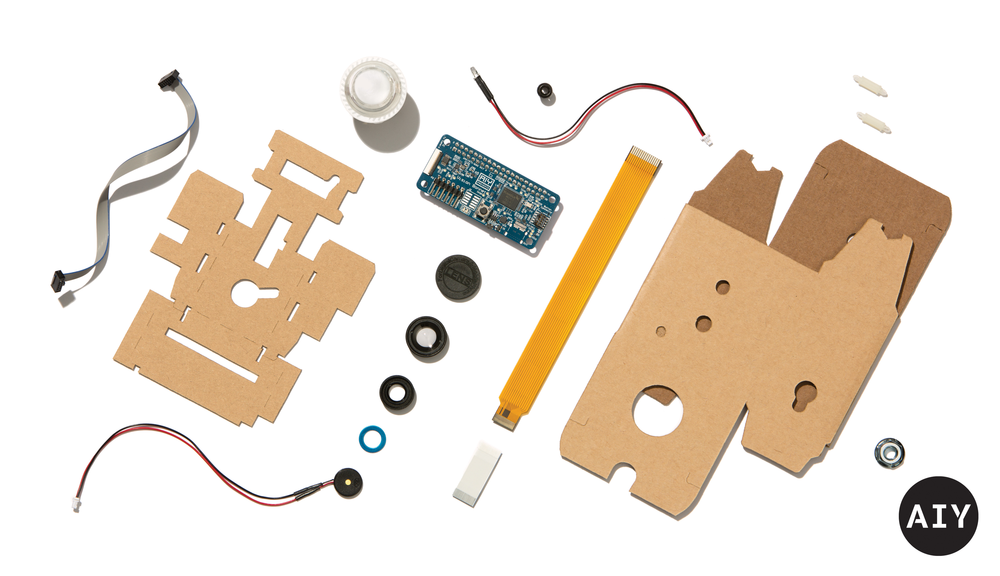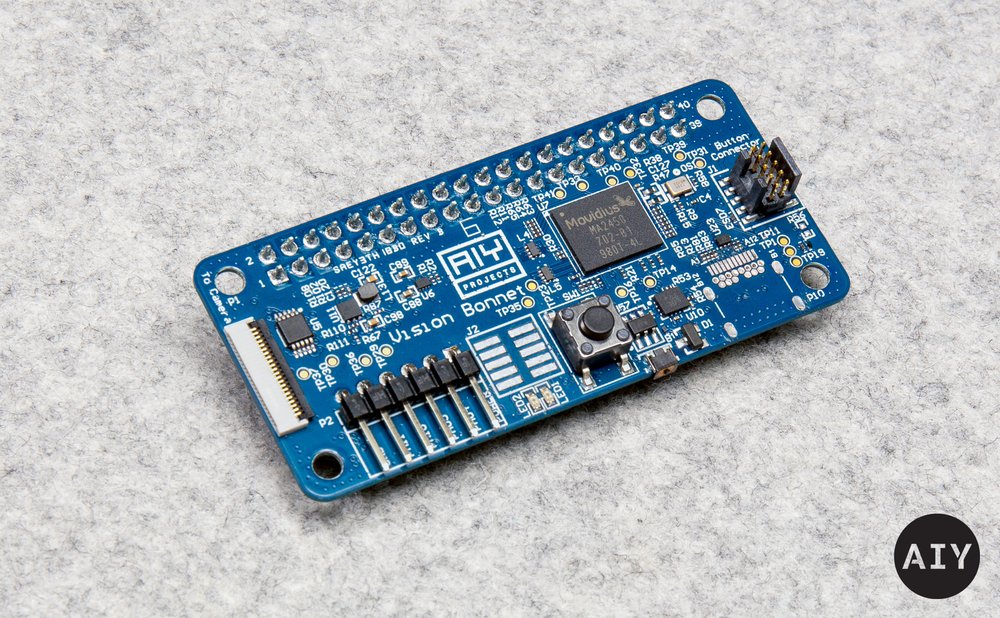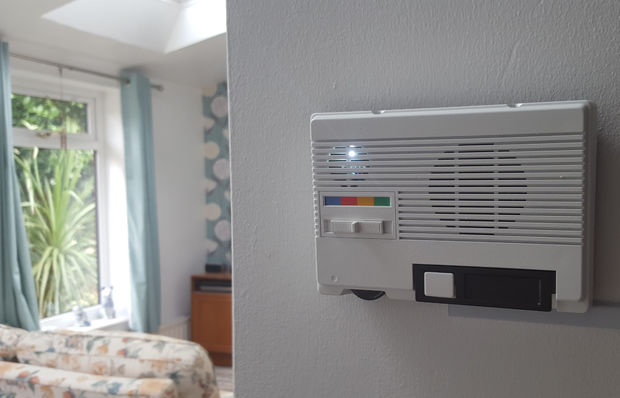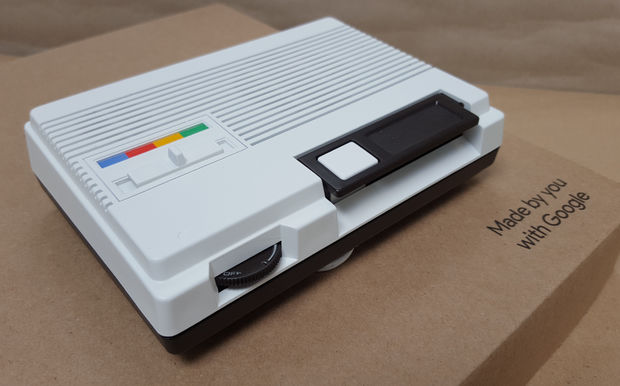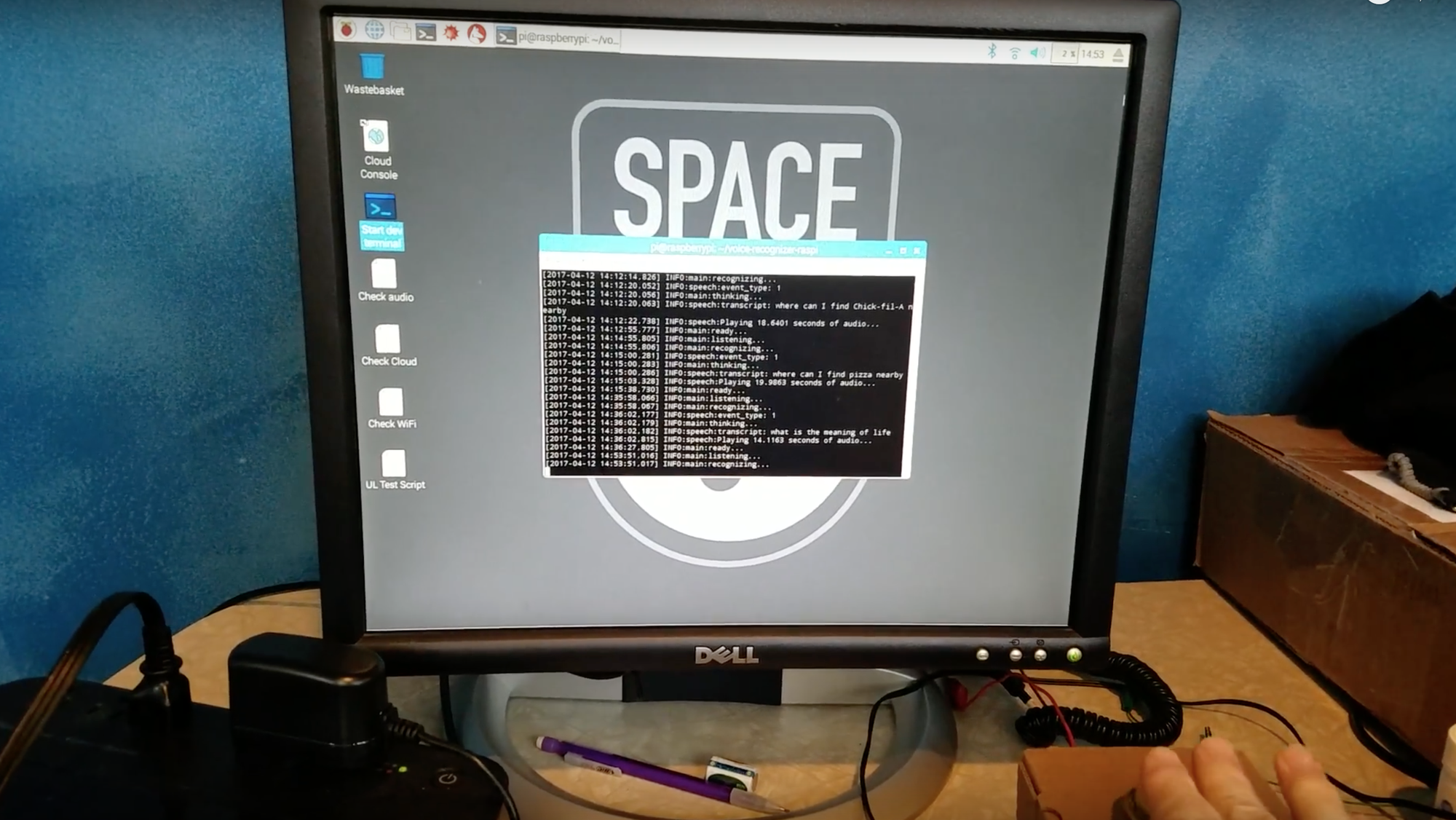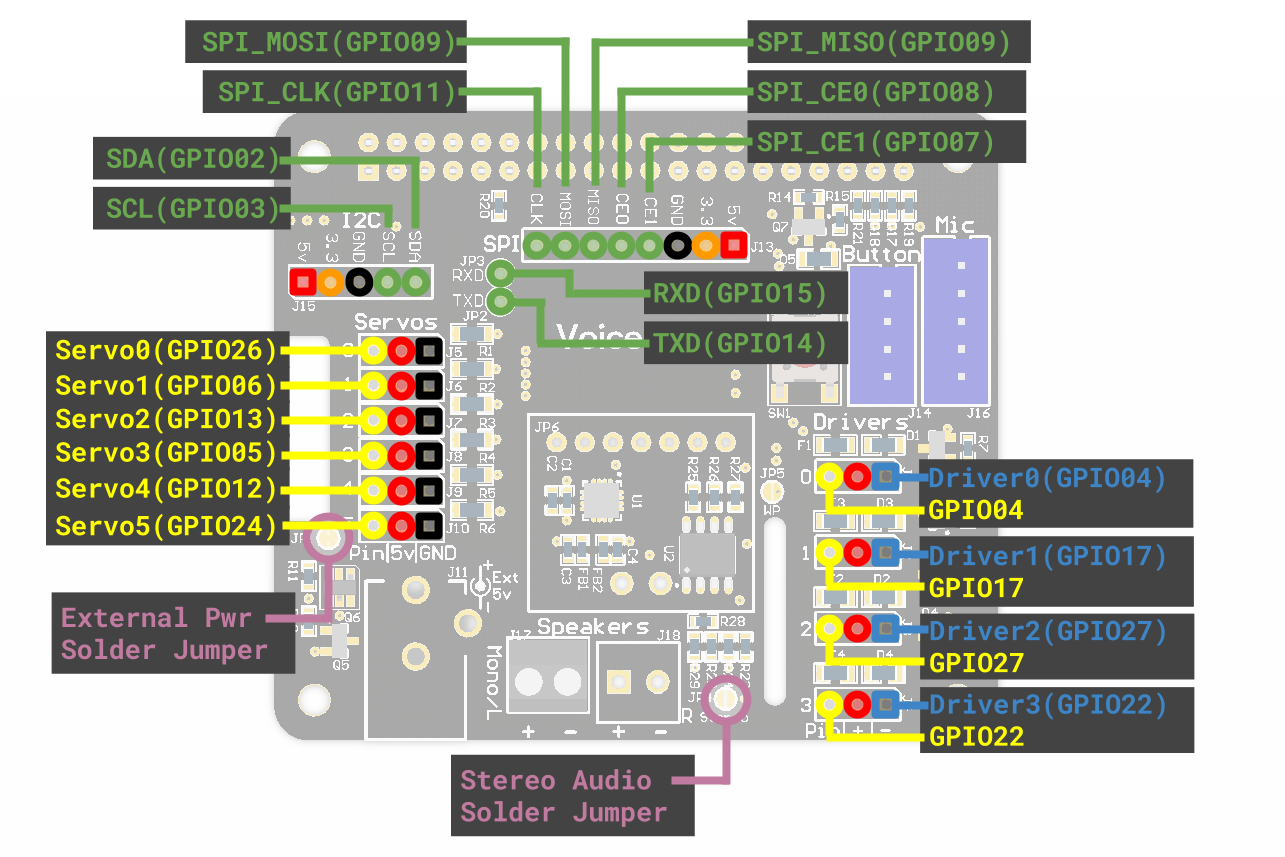Artificial Intelligence allows computers to perform increasingly complex tasks like understanding speech or identifying what’s in an image. AI built into hardware lets you build devices that feel more personal, can be trained to solve individual problems, and do things people haven’t thought of yet. Building AI-based things used to require expensive hardware and an advanced computer science degree, but with AIY Projects we’ve created two simple kits that allow students and makers to start building, playing and learning about AI.
Each kit takes you through step-by-step instructions to build a cardboard shell and then install the electronics to assemble your own device. The Voice Kit lets you build a voice-controlled speaker, while the Vision Kit lets you build a camera that learns to recognize people and objects. Along the way you learn the basics of building simple electronic circuits, some light programming, and setting up a Raspberry Pi (a small circuit board computer). But building the kit is just a starting point, and once it’s built you can start to customize its functionality and dive even deeper into programming and hardware.
Since launching these kits last year, we’ve seen interest from parents and teachers who have found the products to be great learning tools in and out of the classroom. While the changing nature of work means that our students may have jobs that haven't yet been imagined, we do know that computer science skills—like analytical thinking and creative problem solving— will be crucial in the future. AIY Projects kits aim to help prepare students, lowering the barriers to entry for learning computer science.
We’ve created a new version of our original kits that make classroom use easier with the AIY Vision Kit 2 and the AIY Voice Kit 2. Each one now includes everything you need to get going right in the box. We’ve also released a new Android App that greatly simplifies configuration of the device.
To help students learn more about AI we’re introducing a new AIY Models area to our site that showcases a collection of pre-built AI models designed to work with AIY kits. Now students can load up new models to explore different facets of AI, like a new smile detector model that lets you instantly tell whether someone looking into a Vision Kit is smiling. Over time we’ll be adding new models that explore new functionality and content about each model.
Finally, on the refreshed the AIY website we’ve improved documentation with better photos and instructions, to make it easier for young makers to get started and learn as they build.
These are our first steps in starting to address the needs of the STEM market and improving our products for parents, students and teachers. However, it’s also the start of a conversation with the STEM community to learn more about their needs as we build, iterate, and make content for our new and existing products. Send us your feedback, thoughts, and ideas on how we can make these kits a meaningful part of STEM education at [email protected] or stop by Maker Faire in May and ISTE in June.
The new Vision Kit and Voice Kit have arrived at U.S. Target Stores and Target.com this month and we’re working to make them globally available through retailers worldwide. Be sure to sign up on our mailing list to be notified when our products become available, or check out what we’re doing on social media by searching for #aiyprojects.

